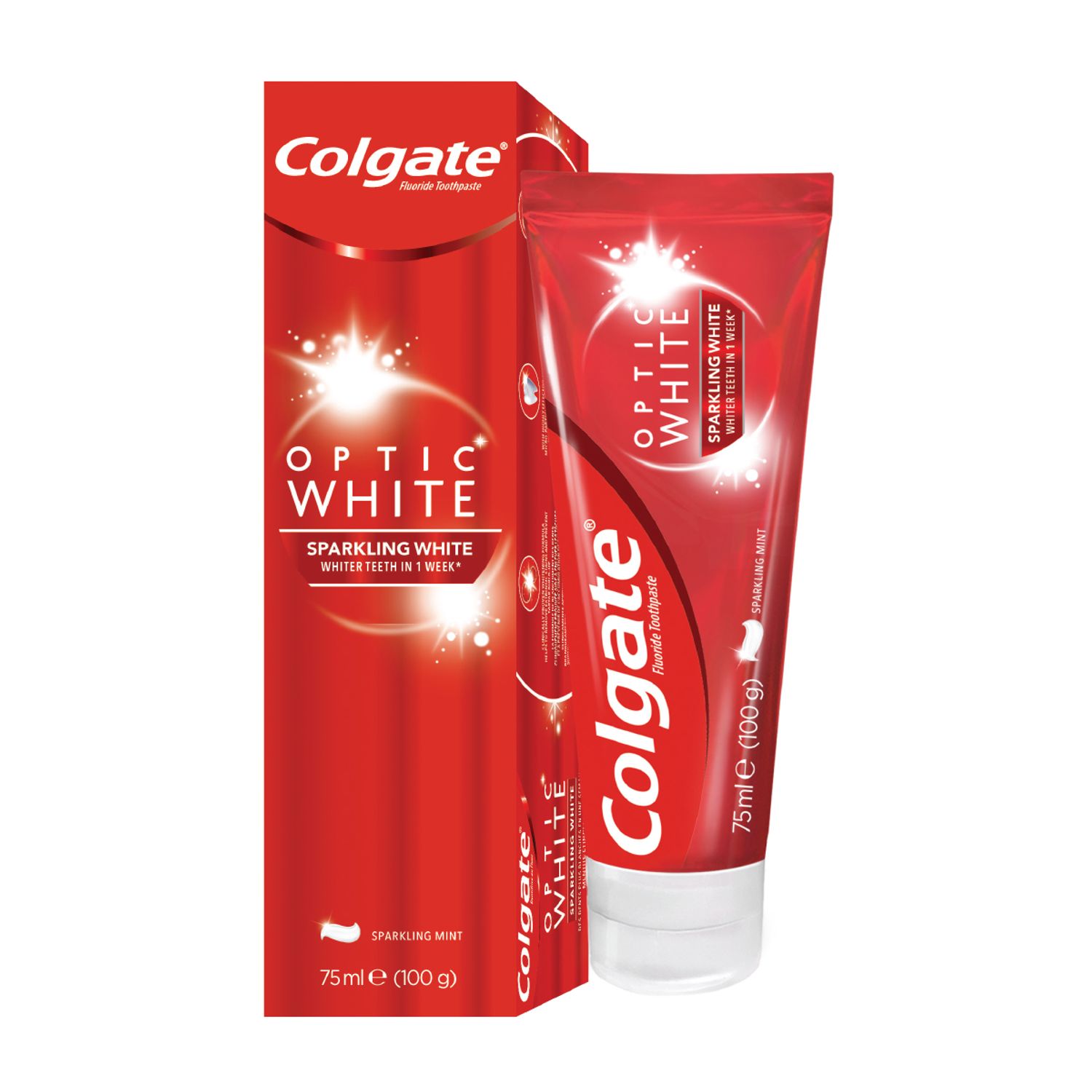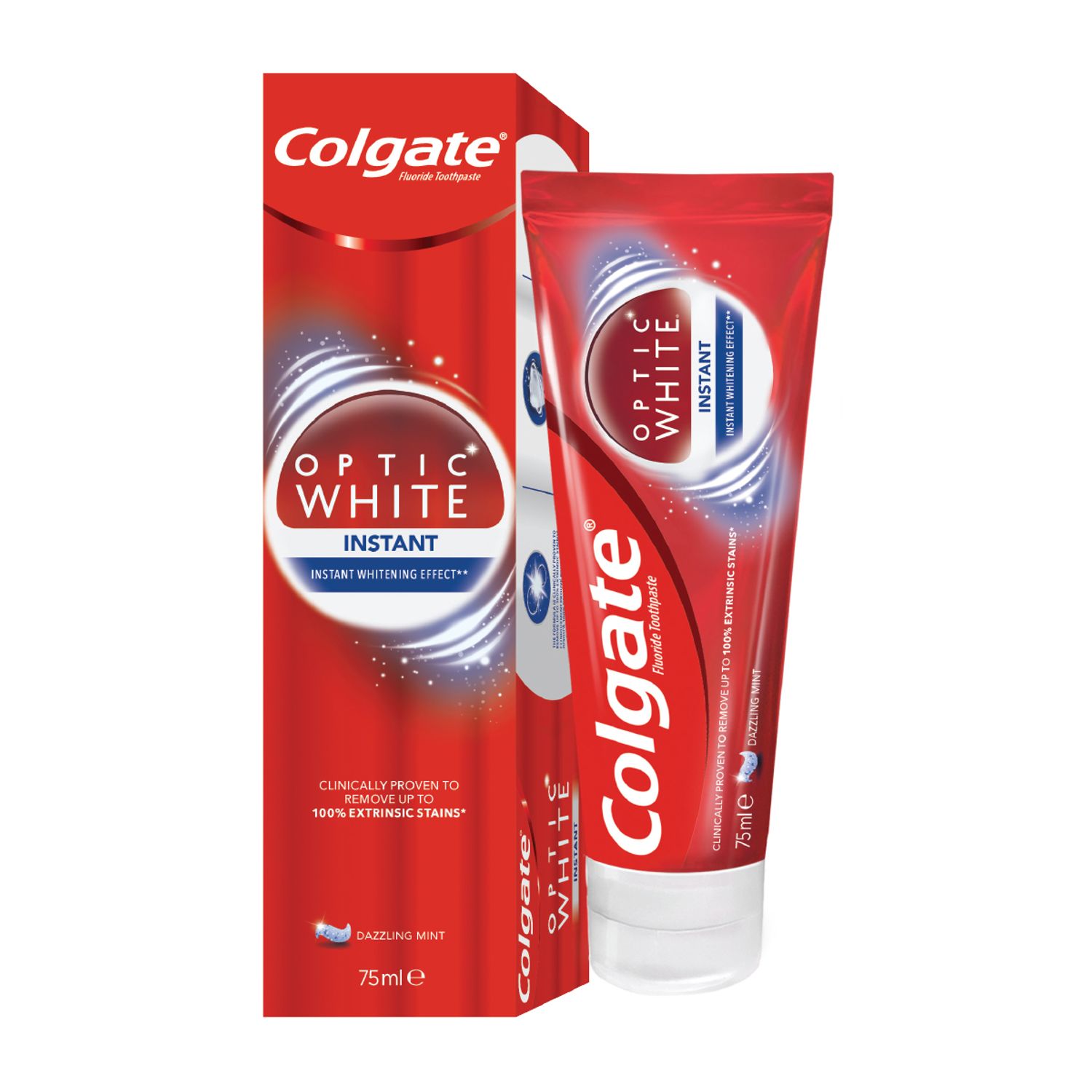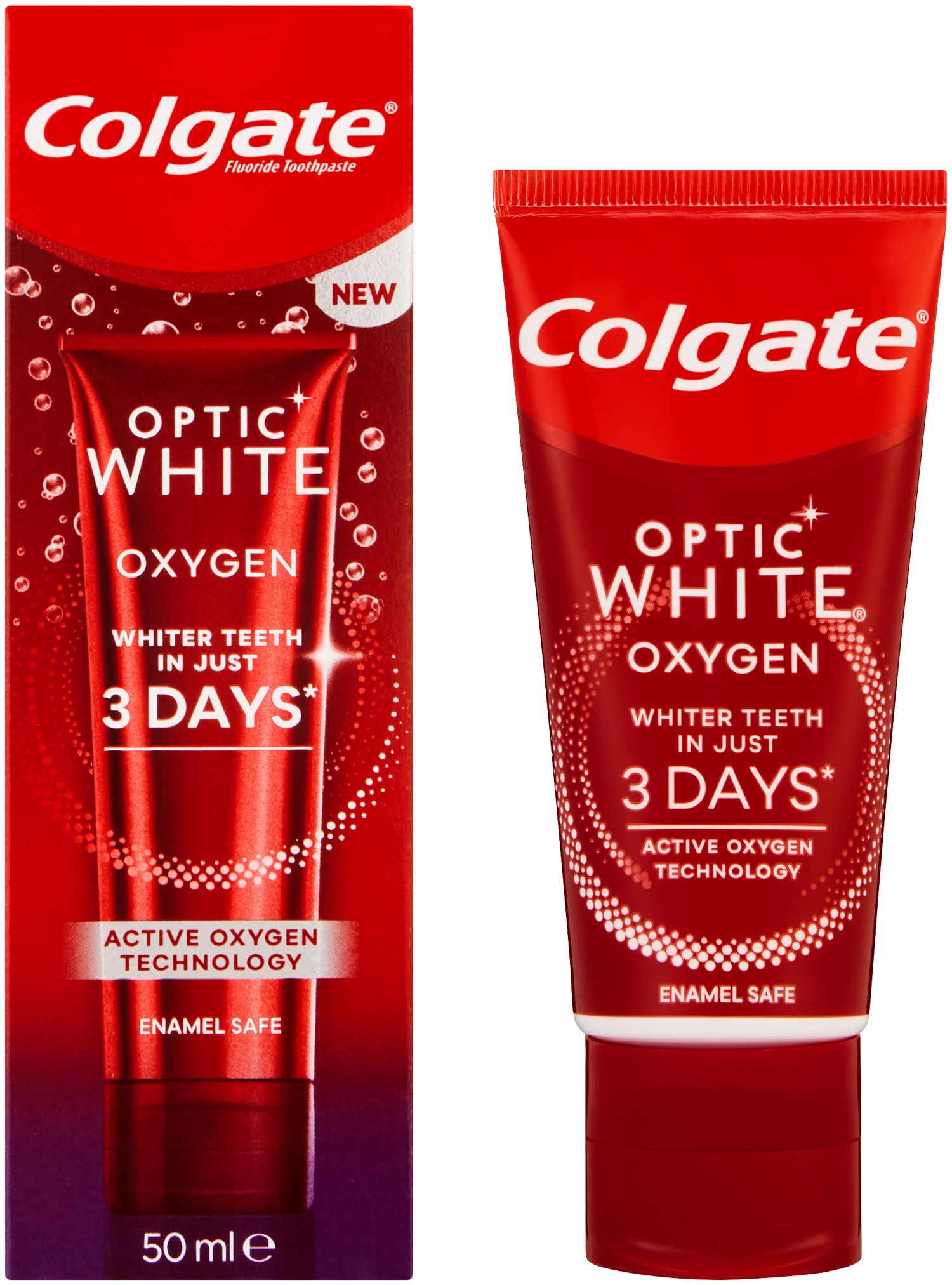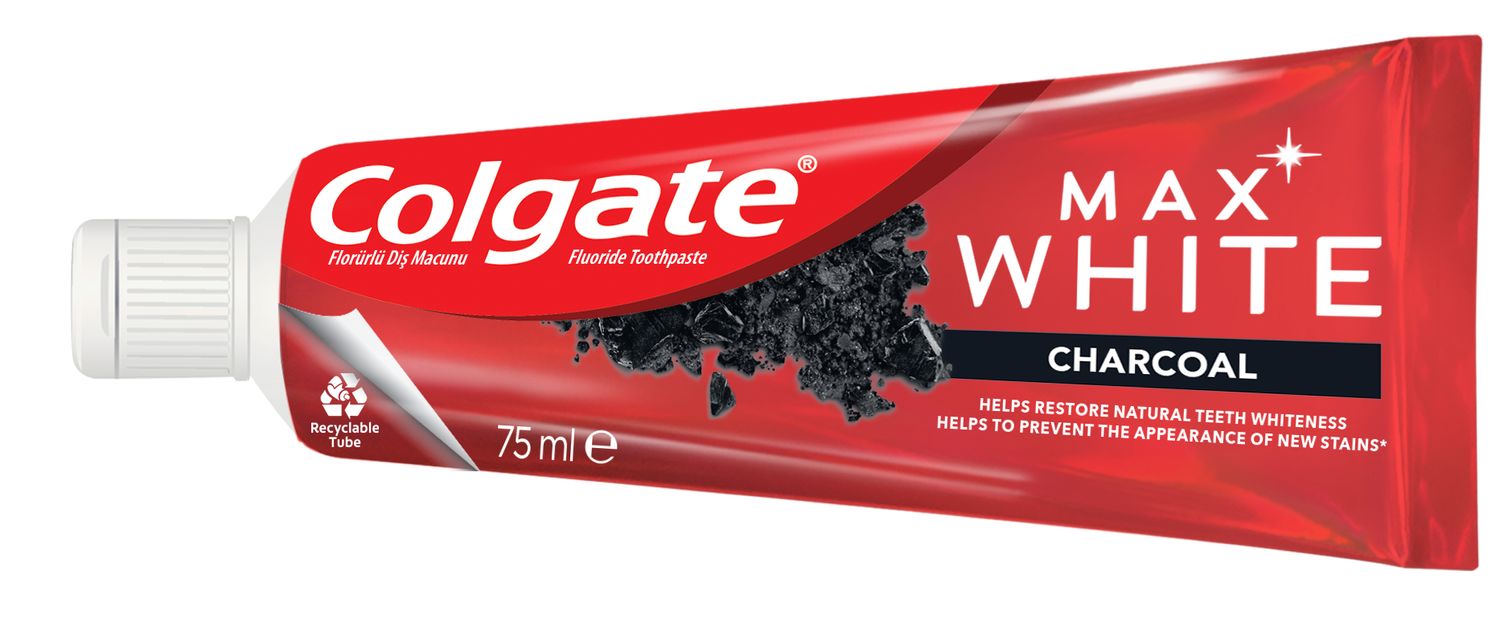Types of Teeth Stains
Extrinsic Stains
An extrinsic tooth stain is a stain on the outer part of the tooth. These stains make their home on your enamel, which is the layer of the tooth that protects the softer part (dentin) underneath. Even though enamel is the hardest part of the tooth, it comes in contact with everything you eat or drink and can absorb some of the pigment over time, causing stains.
The good news is that extrinsic stains don’t move below the enamel to the inner part of the tooth, which means it’s easier to remove them!
Intrinsic Stains
Intrinsic stains occur when dentin, the sensitive layer underneath the enamel, is stained. Dentin is naturally darker and more yellow in colour. It is exposed when enamel is thinned or worn down from wear or inadequate oral hygiene. These stains are a little tougher to remove, but not to worry, it can be done! Most at-home techniques that do not use hydrogen peroxide or carbamide peroxide as an active ingredient will not work to remove intrinsic stains, but a professional whitening treatment might do the trick.
Age-related Stains
Like many parts of your body, your teeth show signs of ageing as you get older. You can expect to see two central changes to your teeth as you age: your dentin gets darker and your enamel gets thinner. The combination causes unwanted discolouration that, unfortunately, is out of your control. Similar to intrinsic stains, age-related staining affects the dentin of your teeth. So, it would be most effective to treat these stains with a product that uses an effective whitening ingredient, or by way of professional in-office whitening.
Removing Teeth Stains
Removing Teeth Stains at Home:
- Whitening Toothpaste- Whitening toothpaste is a great way to remove your teeth’s extrinsic stains from the comfort of your own home. Many whitening toothpastes contain mild abrasives that help to remove build-up and surface stains. Using a whitening toothpaste is the easiest remedy for at-home whitening, since it’s easily incorporated into something you already do (or should do) twice a day.
- Teeth Whitening Gel- Available over the counter and from your dentist, teeth whitening gels contain bleaching agents, but in higher doses than in whitening toothpastes. You will need a tray to use it so it only comes in contact with your teeth and not the rest of the inside of your mouth. Some pharmacies may provide a tooth whitening tray over the counter, otherwise you can get a custom-fit tray from your dentist. Custom trays are usually more effective and better at protecting your gums, but they can be much more expensive than over-the-counter options. Talk to your dentist to determine the best option for you.
In-Office Bleaching
If your teeth stains won’t budge with an at-home whitening technique, there’s no need to worry! Talk to your dentist about professional in-office bleaching to remove deep stains from your teeth. Although this method is known to be the most effective way to clean discoloured teeth, it can also be the most expensive course of action. If the price tag of a professional treatment concerns you, check to see if your area has a low-cost dental clinic that offers whitening services.
There’s no need to be afraid of flashing your smile. Whether at home or at the dentist office, removing unsightly teeth stains has never been easier! Talk with your dentist about what option is best for you and regain your confidence in your smile.














